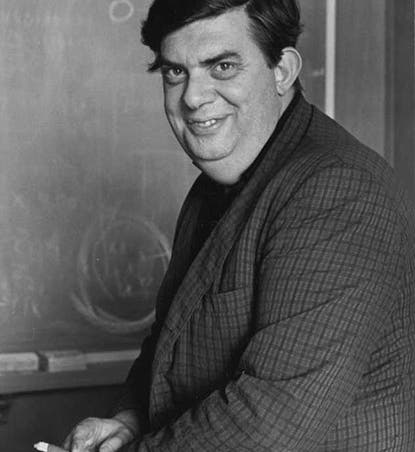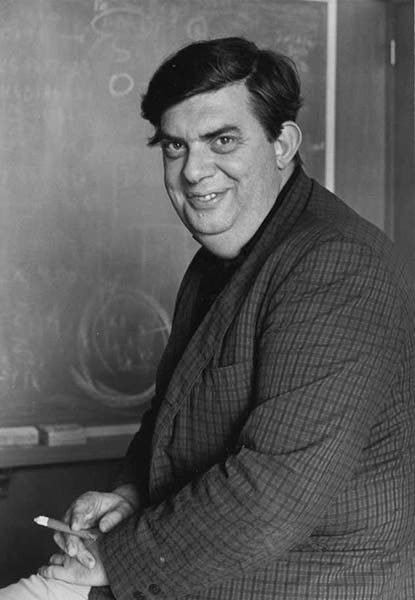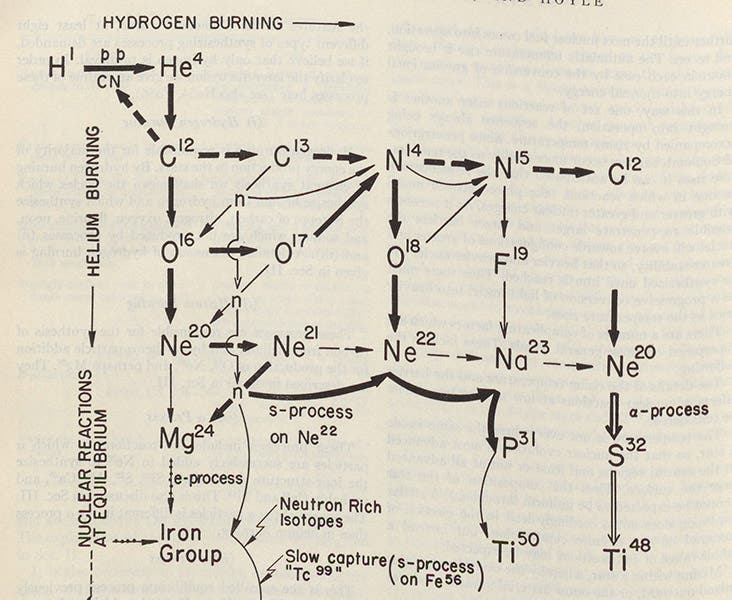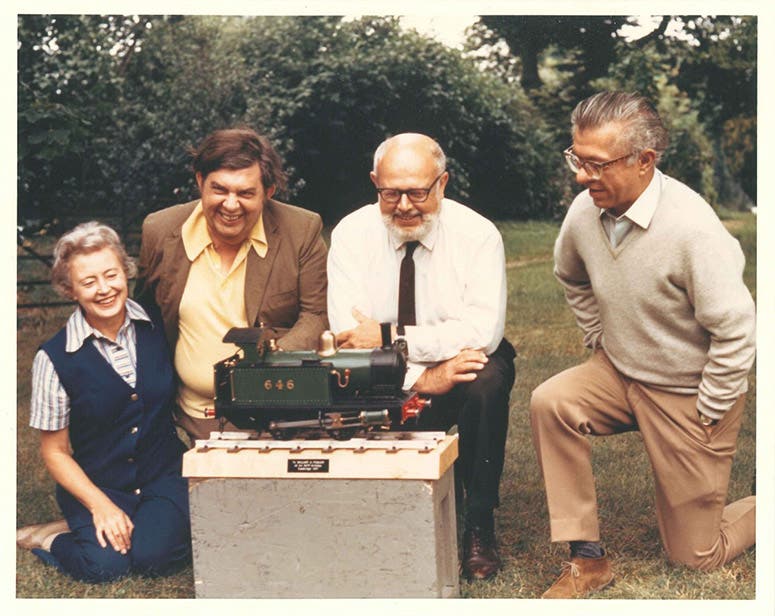Scientist of the Day - Geoffrey Ronald Burbidge
Geoffrey Ronald Burbidge, an English/American astronomer and astrophysicist, was born Sep. 24, 1925, in Chipping Norton, Oxfordshire (one of my favorite English town names – the reverend Edward Stone, who discovered the active ingredient of aspirin in willow bark in the 1750s, lived in Chipping Norton). Burbidge earned his PhD from University College London. He met there Margaret Burbidge, an observational astronomer, and they were married. Eventually both moved to the United States and taught and worked at Mount Wilson Observatories and Caltech, before they both accepted permanent positions at the University of California, San Diego, where Geoffrey taught from 1962 until his retirement. He was director of Kitt Peak Observatory in Arizona from 1978 to 1984.
Before they moved to the United States, Geoffrey and Margaret worked at Cambridge University with Fred Hoyle and an American physicist, Willy Fowler. This was not long after the cosmogonical wars had begun, with George Gamow championing the Big Bang hypothesis, while Hoyle was in favor of a steady-state theory, which did not require a Big Bang to explain the expansion of the universe. Gamow’s Big Bang proposal also sought to explain the origin of the elements as byproducts of the Big Bang, so that heavier elements were cooked up in rapid succession by the addition of protons and neutrons in a process now known as nucleosynthesis. Since steady-state advocates had no Big Bang to serve as a cosmic cooker, they needed to explain nucleosynthesis some other way.
The two Burbidges, Fowler, and Hoyle worked on the problem in Cambridge in 1954-55, and published a now-famous paper in 1957 which put forward the idea of stellar nucleosynthesis. Elements, they argued, are slowly built up by fusion in the cores of stars, so that hydrogen fuses to helium, then to carbon, oxygen, silicon, all of the elements up to iron. The remaining elements are byproducts of the energy released in supernova explosions, which not only produce the rest of the elements up to uranium, but explode them out into the interstellar medium, where they become the building blocks for future stars.
The paper was written at Caltech in 1956, primarily by the Burbidges and Fowler, and published in Reviews of Modern Physics in 1957. It was over 100 pages long, with lots of supporting data to show that chemical abundances in the universe have changed over time (which should not happen according to Gamow). The paper was called “Synthesis of the elements in stars,” and the authors were listed, in order, as E. Margaret Burbidge, G. R. Burbidge, William A. Fowler, and F. Hoyle (second image). This was almost immediately abbreviated to B2FH by readers (pronounced B-squared-F-H), and the paper is usually referred to as the B2FH paper. I don’t know if Geoffrey ever did so, but if asked which author he was, he could have responded: “I was the square” (or, less dramatically, “I was the 2”).
The paper has become a milestone paper because B2FH were right – only hydrogen and helium were byproducts of the Big Bang; all of the 90 other elements were made in stars – normal stars, red giants, white dwarfs, and supernovas. Nearly all nucleosynthesis in the cosmos is stellar nucleosynthesis. Gamow turned out to be right about the Big Bang, but not about the origin of the elements. Credit for that goes to the Burbidges, Hoyle, and Fowler. We include a group photo of the four, 14 years after B2FH, on the occasion of Fowler’s birthday, which we also showed in our post on Fowler (fourth image). We have also published a post on Hoyle.
Burbidge received the Catherine Wolfe Bruce Medal in 1999 (fifth image), one of astronomy’s highest academic honors, awarded for lifetime achievement, so Burbidge was far more than just an author of B2FH. In receiving the Bruce Medal, he joined the company of William Huggins, George Ellery Hale, Henry Norris Russell, Edwin Hubble, and Harlow Shapley, all of whom have been featured in this series. You can see the complete list of Bruce Medal awardees, from 1898 to the present, along with brief biographies, on this website, maintained by astronomer Joseph Tenn. Tenn’s biography of Geoffrey provided our portrait of the younger Burbidge (first image).
William B. Ashworth, Jr., Consultant for the History of Science, Linda Hall Library and Associate Professor emeritus, Department of History, University of Missouri-Kansas City. Comments or corrections are welcome; please direct to ashworthw@umkc.edu.











